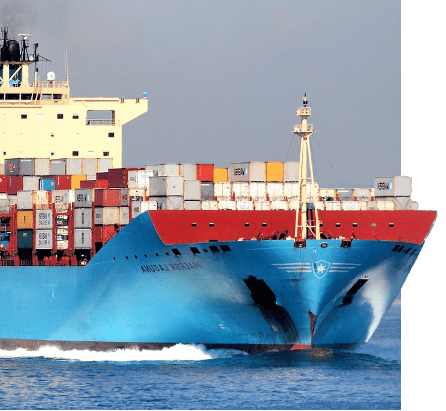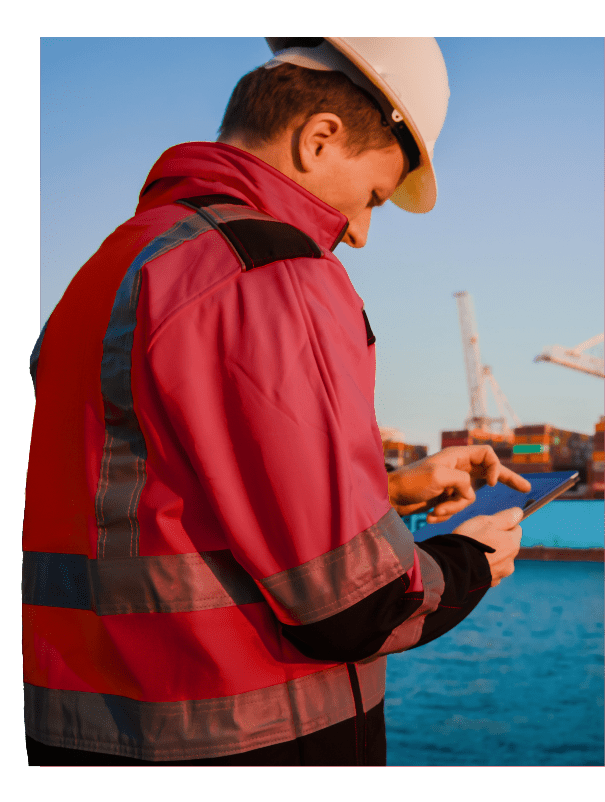At 10 a.m. CDT, the center of Hurricane Laura was located about 225 miles (365 km) south-southeast of Lake Charles, La, moving toward the northwest near 16 mph (26 km/h).
By Bloomberg News (Bloomberg) –The U.S. Gulf Coast is bracing for Hurricane Laura, which has grow into a powerful Category 4 storm that’s poised to pummel the Texas-Louisiana border with deadly storm surges, flash floods and destructive winds that could inflict as much as $25 billion in damage.
Laura’s peak winds are forecast to reach 145 miles per hour over the Gulf of Mexico, the National Hurricane Center said. The storm is expected to slam into shore early Thursday with stronger winds than Hurricane Harvey had when it made landfall in Texas in 2017. For Laura to a become a Category 5 hurricane, the highest on the Saffir-Simpson scale, its top winds would need to reach 157 mph.
Laura is just the latest storm to take shape in what’s already been an extremely active Atlantic hurricane season. With three months left to go in the season, Laura will be the seventh system to hit the U.S., a record for the time of year, and the first major hurricane to hit the Gulf Coast since Michael in 2018. Laura has prompted mandatory evacuations in coastal areas and is targeting the heart of America’s energy industry, shutting more than 80% of oil production in the Gulf of Mexico and a third of the Gulf Coast’s refining capacity.
The storm could cause as much as $25 billion in damage and economic losses, said Chuck Watson, a disaster modeler with Enki Research. The destruction to refineries could cost $5 billion alone.
For anyone living in an area that floods or is in the direct path of Laura’s landfall, “there is no calculation to be made: Get out,” Watson said. “Whatever fears you might have about Covid are secondary — even those with health issues that might make riding out a weaker storm an option.”
Laura Becomes ‘Extremely Dangerous’ Category 4 Storm (1:52 p.m. NY)
Laura has strengthened into a Category 4 major hurricane in the waters south of Louisiana, threatening the U.S. Gulf Coast with life-threatening storm surges, flash floods and powerful winds that could leave areas uninhabitable for weeks or months.
With maximum winds of 140 miles (225 kilometers) per hour, the “extremely dangerous” Laura now has the power to tear down houses, uproot trees and cause weeks-long power outages, according to the National Hurricane Center. The storm is set to push a wall of water as high as 20 feet (6.1 meters) high in some places on to shore, with potentially fatal effects.
Houston to Shut Public Transit System Ahead of Laura (1:37 p.m. NY)
Houston’s public transit system will shut all bus and train service at 4 p.m. local time Wednesday, METRO Houston said in a tweet. The closure is in response to Harris County Judge Lina Hidalgo’s order for all non-essential road traffic to cease by 6 p.m.
Meanwhile, Houston city leaders reversed plans to turn a downtown convention center into a shelter for evacuees, as announced on Tuesday by Mayor Sylvester Turner. Instead, the city plans to distribute anyone displaced by the storm to outlying facilities operated by private and non-profit groups.
Cameron LNG Export Terminal Is Shutting Before Storm (1:25 p.m. NY)
The Cameron liquefied natural gas export terminal in Louisiana began implementing a controlled shutdown earlier Wednesday given the intensification of Hurricane Laura overnight, spokeswoman Anya McInnis said in an email. A ride-out team of essential personnel will remain sequestered at site. The terminal is 18 miles (29 kilometers) inland from the Gulf of Mexico and designed to withstand a Category 5 hurricane.
Laura to Join Costly List of Gulf Coast Hurricanes (1:04 p.m. NY)
Hurricane Laura, which is roaring toward Louisiana and eastern Texas, threatens to become the eighth storm that’s Category 4 or stronger to reach the U.S. Gulf Coast in modern history.
It follows Michael, which devastated the Florida panhandle in 2018, and Harvey, which deluged Houston in 2017.
Dozens of Oil Tankers Clustered in Western U.S. Gulf (12:51 p.m NY)
About 64 crude oil and refined product tankers are in the western U.S. Gulf waiting on Hurricane Laura to pass, according to ship tracking data compiled by Bloomberg.
Oil Fluctuates With Traders Assessing Hurricane Impact (12:45 p.m. NY)
Oil flipped between gains and losses as a steady decline in U.S. stockpiles coincided with decreased demand from Gulf Coast refineries shut ahead of Hurricane Laura.
Domestic crude inventories fell nearly 5 million barrels last week for a fifth straight week of declines, U.S. government data show, a positive development for a market in which inventories are still at the highest seasonally in decades because of the pandemic’s demand destruction.
Trump Warns of ‘Rapidly Intensifying’ Hurricane (12:30 p.m. NY)
President Donald Trump said in a tweet that Laura is a “very dangerous and rapidly intensifying hurricane.” His administration is engaging with state and local emergency managers in Texas, Louisiana and Arkansas to prepare and assist, Trump said.
U.S. Coast Guard Shuts Ports in Texas (12:04 p.m NY)
The Coast Guard has closed the Texas ports of Houston, Galveston, Freeport and Texas City ahead of Hurricane Laura, according to a notice. All vessels will be prohibited from transiting without prior approval. The Coast Guard earlier said the ports of Beaumont, Port Arthur and Orange, also in Texas, along with Lake Charles in Louisiana, had been closed.
East Coast Gasoline Prices at Risk of Post-Laura Spike (11:50 p.m. NY)
East Coast retail gasoline prices could rise 5 to 15 cents per gallon over pre-storm levels, said Patrick DeHaan, head of petroleum analysis for GasBuddy.
“I could see it rising post-Laura with some refineries that feed Colonial shutting down temporarily,” DeHaan said, referring to the main conduit for fuel to the Northeast. “The question is how long do refineries stay down, and what damage do they sustain?”
AAA said the national impact could be an increase of 2 cents per gallon, though only minimal effect on pump prices has been seen so far. New Jersey gasoline rose 1.7 cents Wednesday to average $2.20 per gallon, while New York gasoline gained 1.6 cents to average $2.267, AAA said.
“A significant number of rigs and platforms are offline ahead of the storm, but unless they are offline for an extended amount of time to really tighten supplies, motorists aren’t likely to notice changes at the gas pump,” AAA spokeswoman Jeanette Casselano said.
–With assistance from Christine Buurma, Brian K. Sullivan, Sheela Tobben, Jeffrey Bair, Lucia Kassai and Brian Eckhouse.
© 2020 Bloomberg L.P
Unlock Exclusive Insights Today!
Join the gCaptain Club for curated content, insider opinions, and vibrant community discussions.

 Join The Club
Join The Club



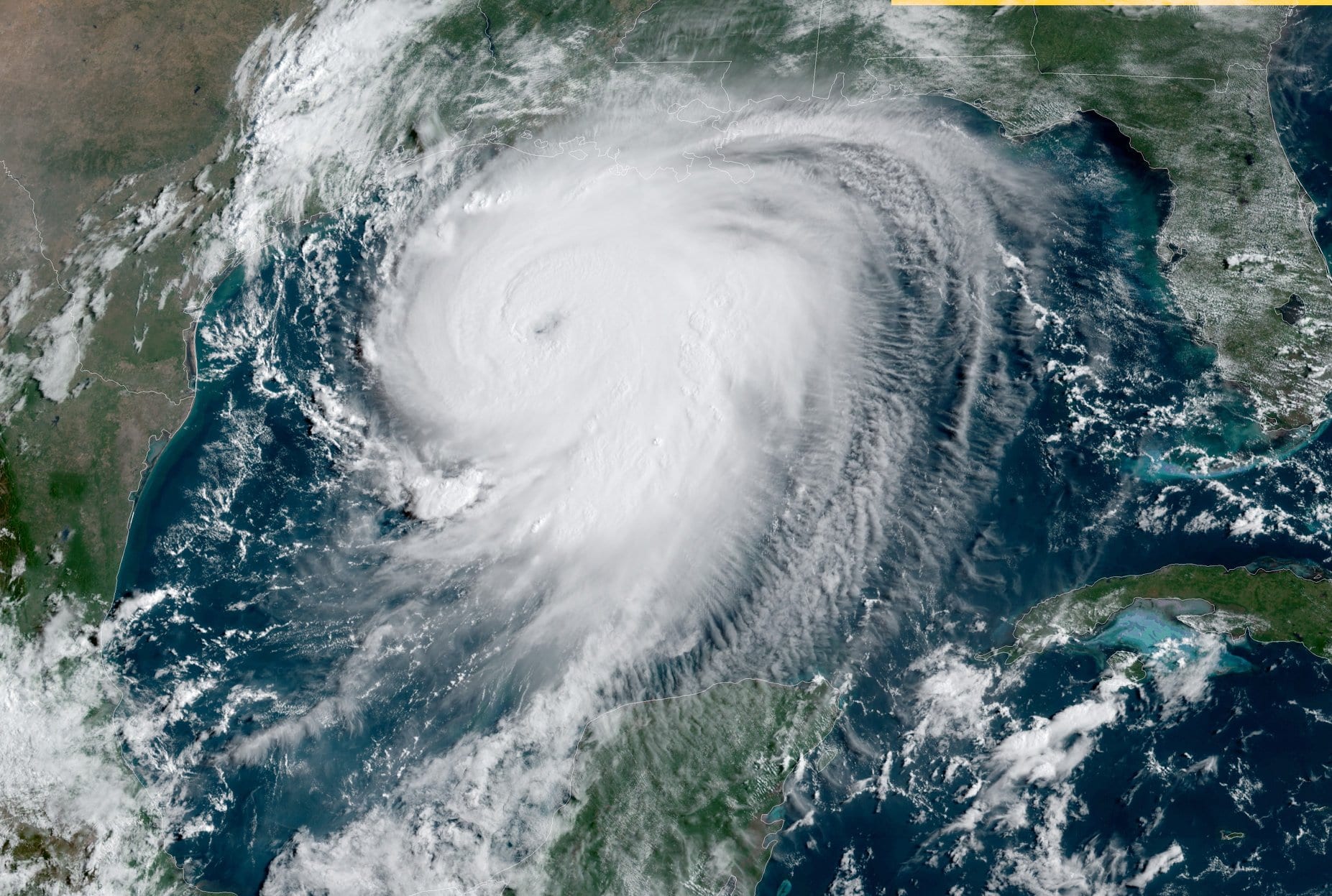

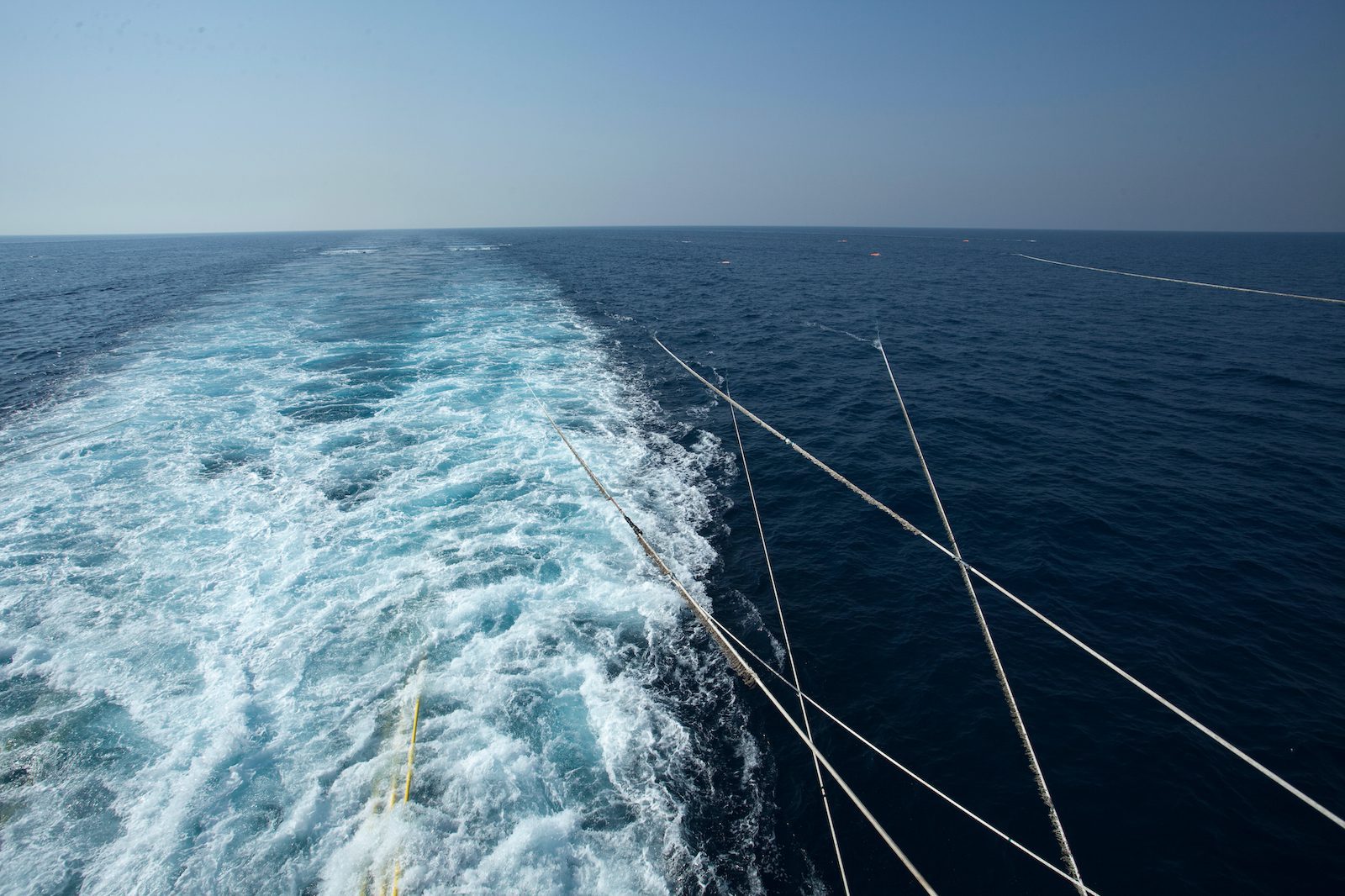
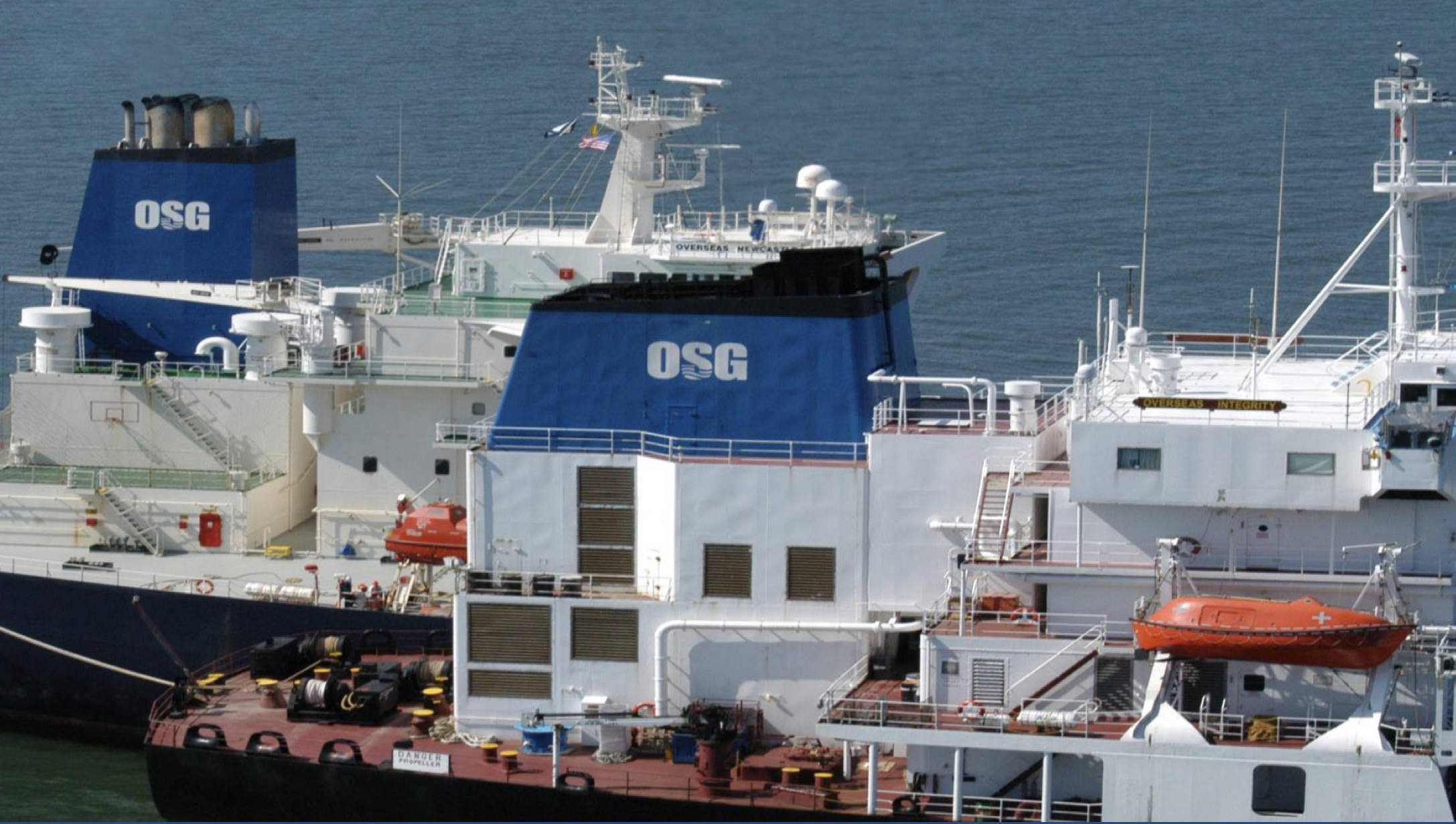
![A screengrab of a map showing an earthquake Mindanao, Philippines on Dec 2, 2023. (Image: US Geological Survey [USGS])](https://gcaptain.com/wp-content/uploads/2023/12/Screenshot-2023-12-02-at-10.45.17-AM-copy.png.webp)



